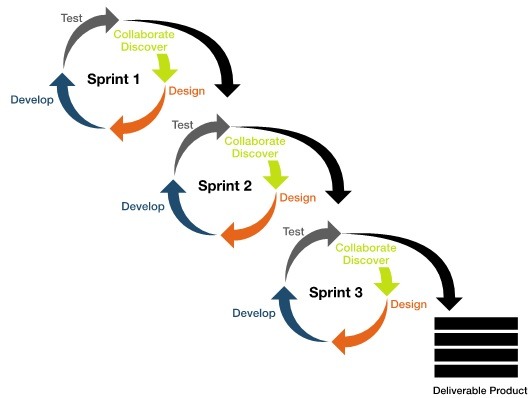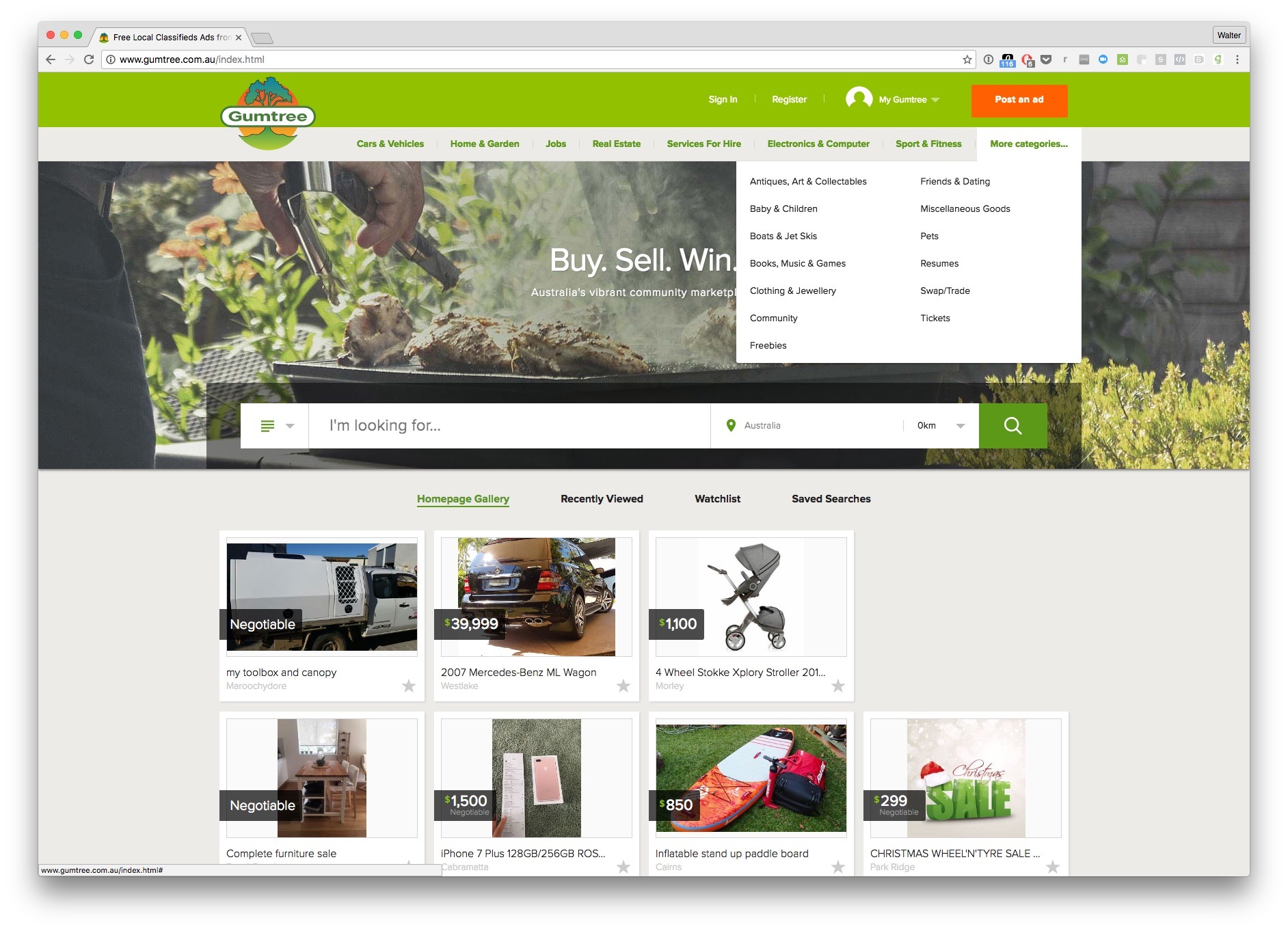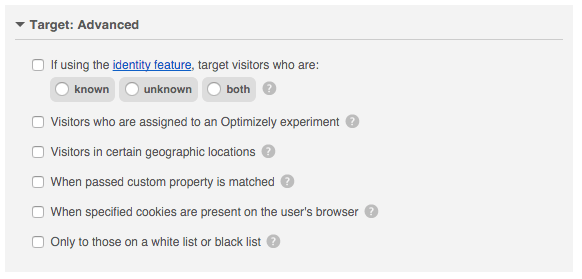Getting valuable feedback from one user is easy. Getting it from 16 million? That’s a challenge.
But it’s a challenge Gumtree, a local classifieds service for local goods and services that was acquired by eBay, was able to overcome. Today, Gumtree reaches 16 million monthly users, 1 in 3 people in the UK alone. With 16 million monthly users, finding real customer insights in all that noise amounts to hunting for a needle in a haystack.
Customer research starts to bottleneck your product development process. Before you know it, you’re forced to make decisions based on gut and the last thing you anecdotally heard from a customer, rather than having a solid, data-informed foundation to your product and community-building efforts.
The big shift for Gumtree happened when they began optimizing their surveys for speed by making them real-time. That enabled them to act on customer feedback immediately and get benchmark numbers in a short time span.
To the Gumtree team, real-time surveys have been absolutely key to their overall success as a marketplace.
Real-time feedback loops make for faster changes
Getting feedback from customers used to take a really long time. That’s largely because old school forms of surveying have longer feedback loops. For example,
- Phone: You’re limited by the number of people in your organization that can jump on calls and the number of hours in the day.
- Mail: It takes days to send and receive surveys. What’s more, a lot of people will probably never respond.
- Email: The time between the user’s engagement on your site and receiving the survey about it hours or days later means that their feedback is less contextual.
Real-time surveys make for a much faster feedback loop. They’re live on your website, which means that people answer them “in the moment” as they’re engaging with your site. With real-time surveys, the moment you deploy them you start getting instantaneous feedback.
It’s all about speed, because tight and fast iteration loops are at the core of the agile development process that Gumtree uses:

(via How to Make an App)
Sprints are often as short as a week long each. The discovery process—where you’re getting feedback from customers—needs to be tightly ingrained in these sprints, which means they need to happen on the timescale of hours, not days, weeks or months.
- Benchmark the changes you’re making in your product through quick quantitative surveys. If customer satisfaction is going down, you may consider rolling back your changes or committing more time to the discovery stage.
- Get high resolution feedback on specific changes that you’re making to the product. This is only possible with contextual surveys that live in the site and inside of the product. You can’t wait until the end of three sprints to finally hear back from the customer on your changes.
Separate the signal from the noise by targeting customers
To get usable data, you need to get clean data. And with millions of users, that was becoming increasingly difficult for Gumtree.
Gumtree is to the UK and Australia what Craigslist is to America. It’s the place you go online to buy anything and everything you need locally. The appeal of the community is its diversity. But that’s also a major challenge in gathering properly segmented data.
 Here are the three main ways that Gumtree buckets their users:
Here are the three main ways that Gumtree buckets their users:
- Location: Like Craigslist, Gumtree is centered around different geographic locations. It has separate sites for the UK, Poland, France, Canada, Australia, New Zealand, South Africa and Hong Kong. Within each site, you search for products by zip code. Locations can have different norms, customs and languages.
- Category: Gumtree offers a wide-ranging set of goods and services, as wildly different as Boats & Jet Skis to Baby & Children. They have a category for Services for Hire and a different one for Friends & Dating. Each category has different listings with different sets of criteria and policies around transacting.
- Interest: Customers can search Gumtree for whatever they’re interested in, cutting across categories. Categories are broadly defined and can contain numerous subcategories, so searching by interest is a way to find exactly what you’re looking for.
If you’re iterating on the Motors category, feedback from people in the Baby & Children category will create a lot of noise because their use case is so different. If you want feedback from people in France, you better make your survey in French.
That’s why Gumtree makes sure that every survey they put out it is highly targeted. Targeting means matching the right survey to the right user of your product.
It’s the opposite of batch-and-blast, which all too many companies do and will slow down your iteration speed massively. These companies give the same survey to everyone. They end up with too much data which makes it hard to find the insights and make them actionable.
By using advanced targeting techniques, Gumtree can completely avoid this problem.
 Instead, Gumtree picks out the specific type of user they want to hear from. The user might be a combination of location, category, interest and other user data that they have on the customer. They then show that customer, and only that customer, the survey to get the precise feedback that they need.
Instead, Gumtree picks out the specific type of user they want to hear from. The user might be a combination of location, category, interest and other user data that they have on the customer. They then show that customer, and only that customer, the survey to get the precise feedback that they need.
Blend qualitative and quantitative data for stronger insights
When you start your website, you put Google Analytics on your site for web analytics and Qualaroo for survey feedback and call it a day. You don’t have much data or many data sources, so you’ll get most of the insights you need just by clicking around each site’s separate results dashboard.
As you grow, you layer on Salesforce as your CRM, Amplitude for mobile analytics, and more. By the time you’re Gumtree’s size, you have a half-dozen data sources, so many that you need to pipe them all into a separate analytics tool like Tableau.

Companies need a way to analyze all this data together. For Gumtree, it’s only by blending survey data with their quantitative metrics that they’re able to get deeper insights and give the customer a real voice. Blending data allows them to answer questions like the following:
- Are active users for feature X (user engagement) rating it more highly (survey data)?
- How does NPS (survey data) break down along the lines of customer lifetime value (CRM)?
- What traffic sources (web analytics) are driving the happiest customers (survey data)?
On a basic level, tools need to integrate with each other so that you can move quickly. Otherwise, your time will be taken up exporting, cleaning and uploading data, to the point that you have no time to analyze it.
Because there are an unlimited number of combinations, services like Segment and Zapier provide an invaluable integrations layer upon which you can bring in and blend your survey data with nearly every analytics tool available so that your survey data can scale as your company does.
Real-time surveys provide a rich picture of the customer lifecycle
Real-time surveys have been a great opportunity for Gumtree to get the high-resolution feedback they need about their product.
But now, they’re starting to deploy them at all stages of the customer lifecycle. Gumtree is currently exploring real-time NPS and planning to implement touchpoint NPS to capture insights from customer pain points in their journey.
With 16 million users, customers are going to have very different experiences throughout their lifecycle. But by getting high-resolution feedback and combining that data with their analytics tools, Gumtree will learn invaluable information about every stage of the customer lifecycle to boost retention and help engage customers even more.
 Tips
Tips
We’d love to hear your tips & suggestions on this article!
FREE. All Features. FOREVER!
Try our Forever FREE account with all premium features!

 We'd love your feedback!
We'd love your feedback! Thanks for your feedback!
Thanks for your feedback!







